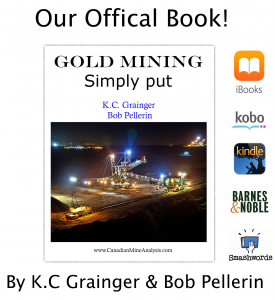“BUYBACKS” ARE UNFAIR TO INVESTORS…
THE NORMAL STOCK MARKET PERIODS OF 20% OR SO CORRECTIONS HAVE BEEN “PUT OFF” BY THE CORPORATE BUYBACKS COUPLED WITH NEAR ZERO INTEREST RATES. HISTORICALLY, SEVERE CORRECTIONS AND EVEN BEAR MARKETS OFFER TREMENDOUS OPPORTUNITIES TO INVEST WHILE STOCKS ARE “ON SALE.” BECAUSE OF THE ABUSE OF THE “BUYBACKS,” WE WILL SOON SEE THE “PAYBACKS’ THAT MANY OF THOSE “BUYBACK” COMPANIES’ STOCKS WILL HAVE TO ENDURE.
FOR EXAMPLE, A MAJOR U.S. INDUSTRIAL STOCK IN THE DOW INDUSTRIALS AND S&P 500 WAS SELLING AT $215 THREE YEARS AGO, TODAY IT IS AT $140 …..YET, IT HAS ENGAGED IN BUYBACKS AT AN ENORMOUS LEVEL. THE QUESTION IS WHO OR WHAT DID THEY BENEFIT?
Whether you like it or not, our analysis suggests that “buybacks” have contributed minimally 15% more price (not value) to the value of the U.S. Stock market and have led to excessive valuation for many stocks. Since 2010, over five years into 2015, we have seen approximately and unbelievably $4 trillion spent by corporations buying their very own shares.
What we are suggesting is that the normal 20% corrections that should have occurred over the past three years did not occur due to the buybacks. That has hurt funds and institutions that often make every effort to invest at the lowest prices whenever possible. The buybacks have created a very unfair situation for the true investors. Yes, in many stocks, they have to “pay up.”
Few investors recognize the significance of corporate “buybacks” in which American companies use their own corporate cash to purchase their companies own shares in the open markets. The most important companies engaging in the buybacks have been the major corporations such as those that are in the Standard & Poor’s 500 Composite. An effect of the buybacks is to push the prices of the stocks up as shares are bought which takes shares out of the market leaving less “float.” It also creates a “pretty picture” of how companies are performing. And by lessening the float (or shares outstanding) of a company, it will have the effect of increasing earnings per share.
Since 2010, we estimate that buybacks of shares now total over $4 trillion. We also might add that the value of the Standard and Poor’s 500 Composite is approximately $18 trillion…….Let’s say that the $4 trillion of buybacks is equal to 15% to 20% of the value of the Standard & Poor’s 500 composite. It pushes the prices of the stocks up artificially in many cases, in particular when the stocks are bought at or near their price highs. Buybacks are beneficial when they are bought when stocks are selling at price lows bringing in support not pushing stocks up to price highs to “paint a pretty picture” or enable officers and directors to sell their positions at higher prices.
One must understand that many funds and institutions are required to invest in specific stocks periodically (can be monthly or weekly) at whatever price the market is at for those specific stocks. This forces many funds and investors to pay higher prices for stocks that engage in buybacks. It is too often at high valuations in their prices.
It is unfair to investors but certainly benefits officers and directors of those same corporations that are engaging in buybacks. How? By pushing the stocks up, in many companies, they can and often do at the same time sell their own personal shares into a stronger market. Coincidence? Yeah sure!
We want to point out that over the last seven months, we have seen the highest level of officers and directors (insider) selling in history. Just a mere coincidence, that’s all. Yeah sure!
Conclusion? This whole situation may end very badly.
